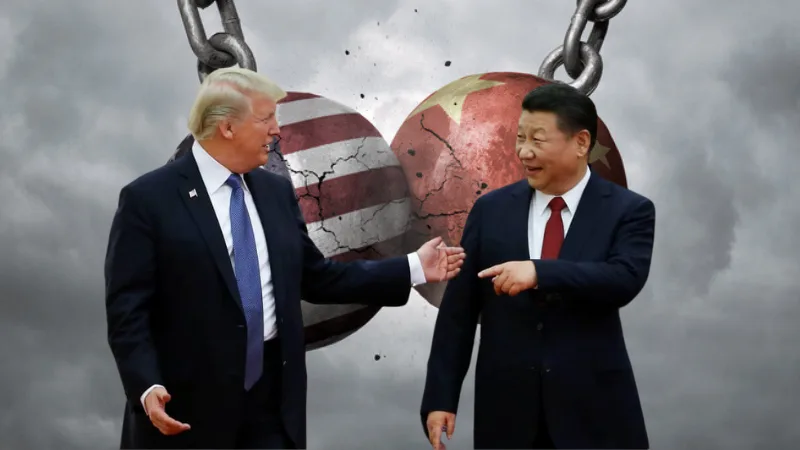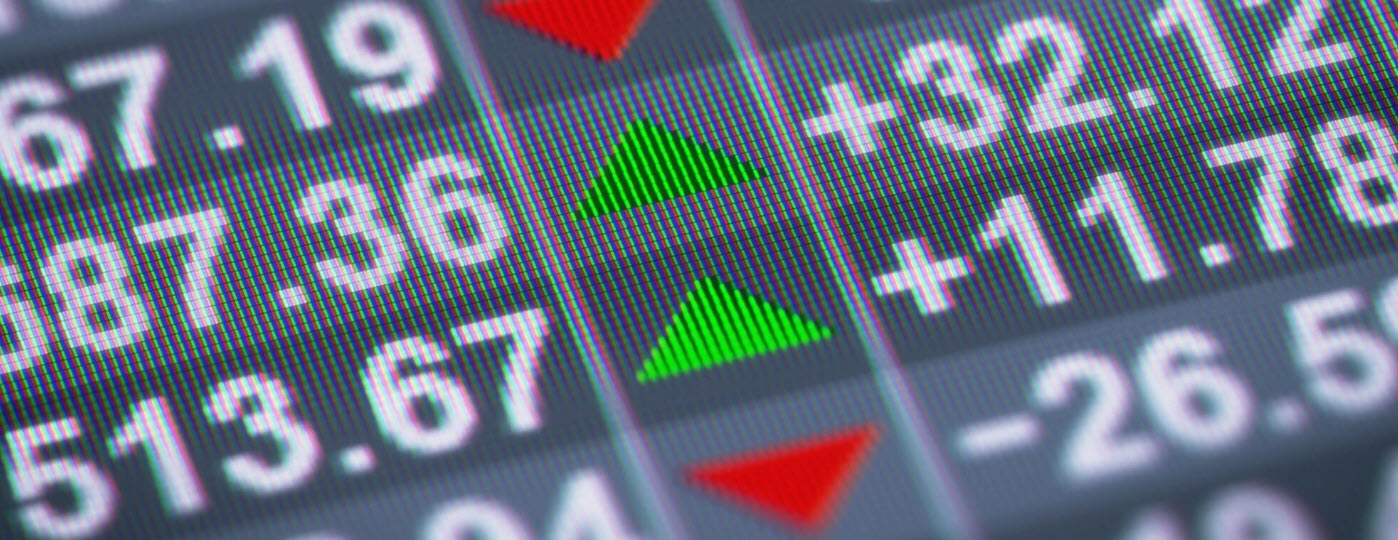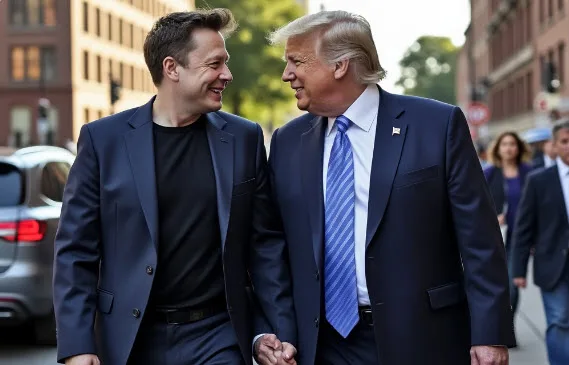President Donald Trump has unveiled what he describes as a “done” U.S.–China trade deal following intensive negotiations in London. This landmark agreement includes a major concession from Beijing: it will supply “full magnets, and any necessary rare earths, … up front” to the United States. Meanwhile, the U.S. will keep its doors open to Chinese students at American colleges and universities—and both countries will adjust select tariff levels. Here’s a deep dive into what this deal entails, why it matters, and the bigger picture.
What Was Announced
On June 11, 2025, Trump posted on Truth Social that:
“Our deal with China is done, subject to final approval with President Xi and me … Full magnets, and any necessary rare earths, will be supplied, up front, by China. Likewise, we will provide to China what was agreed to, including Chinese students using our colleges and universities.”
He also confirmed that total U.S. tariffs on Chinese imports would remain at 55%, while China would set its import tariffs at 10%, characterizing the bilateral relationship as “excellent!”
Why Rare Earths Matter
Rare earth elements (REEs) comprise 17 metals crucial for high-tech industries—everything from electric vehicles and wind turbines to smartphones and military hardware. Magnets made with neodymium and praseodymium, for instance, are essential to EV motors and advanced weaponry.
China dominates the REE industry. It produces roughly 60–95% of the world’s rare earth output and controls the majority of the refining capacity—often refined materials are then exported globally.
Because of this dominance, China has leveraged export controls in past trade disputes, most recently imposing rare earth export limits in April 2025 after Trump raised tariffs—prompting this latest diplomatic volley.
Tariffs: The Numbers
- U.S. imposes a 55% cumulative tariff on Chinese imports:
- 10% baseline “reciprocal” tariff
- 20% fentanyl-related surcharge
- 25% pre-existing Section 301 tariffs Indiatimes.com
- China sets a 10% tariff on U.S. imports Reuters.com
Trump emphasizes that this tariff imbalance favors the U.S., reinforcing his stance on “reciprocity.”
Timeline & Next Steps
- Geneva Agreement (May 2025): Both nations agreed to roll back certain tariffs and unfreeze discussions—but Beijing responded by slowing rare earth export approvals.
- London Talks (June 9–10, 2025): Diplomats met to revive the Geneva framework. The resulting agreement adds rare earth supplies as a centerpiece.
- Final Approval Pending: Both Trump and China’s Xi Jinping must endorse the deal before formal implementation.
Market & Industry Repercussions
Oil & Commodity Markets
Brent crude futures jumped about $1 to $67.87/barrel, while U.S. West Texas Intermediate rose about 2%, reaching $66.42/barrel—reflecting optimism over eased supply chain pressures following the announcement theguardian.com+1nypost.com+1.
Stock Markets
Financial markets, including the Dow, S&P 500, and Nasdaq, rose modestly on the news. Investors viewed the deal as a constructive step away from escalating trade tensions
Strategic Leverage & Security Implications
China’s dominance over rare earths has long been viewed as a critical vulnerability for Western economies. The U.S. has increasingly pushed for rare earth mining and refining within its borders:
- Mountain Pass Mine, California: The only active REE mine in the U.S.
- MP Materials (Texas): Began domestic neodymium/praseodymium processing in January 2025 fox5atlanta.com en.wikipedia.org
Despite these efforts, China still controls the lion’s share of global production and downstream processing. This deal restores access but may delay long-term diversification initiatives.
Educational & Cultural Impacts
A less-publicized but politically significant component of the deal is continued access for Chinese students at U.S. universities. Trump emphasized that this arrangement had “always been good with me,” signaling a mutual concession aimed at preserving academic ties. Reuters.com
This is notable given recent U.S. political rhetoric that had targeted Chinese academics under national security grounds. Allowing student visas may also benefit American institutions that depend on international tuition.
Lingering Risks & Open Questions
Despite fanfare, many deal specifics remain opaque:
- Implementation lag: How fast China removes export restrictions—not yet disclosed.
- U.S. export controls: The deal suggests some U.S. controls on technology exports to China may loosen—but exact scope isn’t clear.
- Conditional nature: The framework is valid only until August 10, 2025, allowing time to negotiate a more permanent, comprehensive agreement.
- Political mistrust: Analysts note that mutual skepticism persists, and enforcement mechanisms are undefined. wsj.com
Christopher Wood, Jefferies HK strategist, called it “damage control” and emphasized China’s position that Washington initially asked for the rare earth discussions.
Why This Matters Now
- Auto & Defense Supply Chains
EV manufacturers, military contractors, and semiconductor firms rely on rare earth-based magnets. Any supply disruption could halt production lines. Securing a Chinese supply helps prevent immediate asset slowdowns. theguardian.com - Global Growth Outlook
The World Bank recently trimmed its 2025 global growth forecast to 2.3%, partly due to trade-driven headwinds theguardian.com. Measures that ease tensions could stabilize markets. - Bilateral Trust Level
This framework marks a shift from confrontation to negotiation, though underlying disputes remain unresolved. Some experts still caution that any misinterpretation could undo progress.
What Happens Next?
- Final sign-off from Trump and Xi likely within days.
- Operational execution: China must begin expedited shipments of magnets and rare earths; the U.S. must cement student visa policies and any newly relaxed export controls.
- Negotiations continue, targeting a broader agreement by August 10.
- Public scrutiny intensifies as industries watch the implementation timeline with interest—particularly auto, defense, energy, and tech sectors.
Bottom Line
- ✅ Immediate supply relief for critical industries
- 📚 Educational diplomacy maintained
- 💰 Tariff imbalance upheld in U.S. favor
- ⚠️ Major caveats: No guarantees, deadline looming, and deep mistrust lingers
Quick Overview
| Key Element | U.S. Benefit | China Benefit |
|---|---|---|
| Rare earth supply | Secures magnets and REEs for strategic industries | Retains control of global markets |
| Tariffs | Maintains high U.S. tariffs, reciprocal pricing | Reduced 10% import tariffs |
| Student visas | Cultural/educational advantage | Sustains academic ties |
| Timeline | Agreement stable until Aug 10, 2025 | Opens path for comprehensive deal |
Additional Context & Eco‑Tech Angle
- As the world shifts toward clean energy and electrification, REEs become pivotal. U.S. efforts to scale domestic sources—mounting with projects at Mountain Pass and MP Materials—signal a long‑term pivot, though decades of global dependency remain. Reuters
- Environmental concerns over rare earth mining (e.g., tailing ponds, radioactive waste) are driving investment in green extraction and recycling.
- Geopolitical implications: Countries like Australia and India are exploring partnerships to diversify supply chains—this deals alters negotiating dynamics.
Takeaways
- If you work in manufacturing, defense, clean tech, or higher education, this deal may quickly shift supply timelines.
- Investors should monitor volatility in commodities—particularly rare earth‑related equities—as contract rollouts begin.
- Technologists & educators: Continued student exchanges could yield late‑cycle policy changes affecting visas and research collaboration.
In Summary
This Kensington‑style framework restores global trade calm—for now—by delivering rare earth supplies from China and preserving key educational pathways. But trust remains fragile, and implementation must be swift and transparent to avoid a repeat of past missteps. With a critical August 10 deadline looming and broader trade disputes unresolved, this deal is a crucial stepping stone—but far from a final destination.
Sources & Further Reading
- Reuters: “Trump says China will supply rare earths, US to allow students” https://www.reuters.com/world/china/trump-says-china-will-supply-rare-earths-us-allow-students-2025-06-11/?utm_source=chatgpt.com
- Reuters: “US‑China trade deal is ‘done,’ Trump says” https://www.reuters.com/world/china/us-china-trade-talks-resume-second-day-2025-06-10/?utm_source=chatgpt.com
- Analysis of China’s rare earth control https://en.wikipedia.org/wiki/Rare_earth_industry_in_China?utm_source=chatgpt.com






